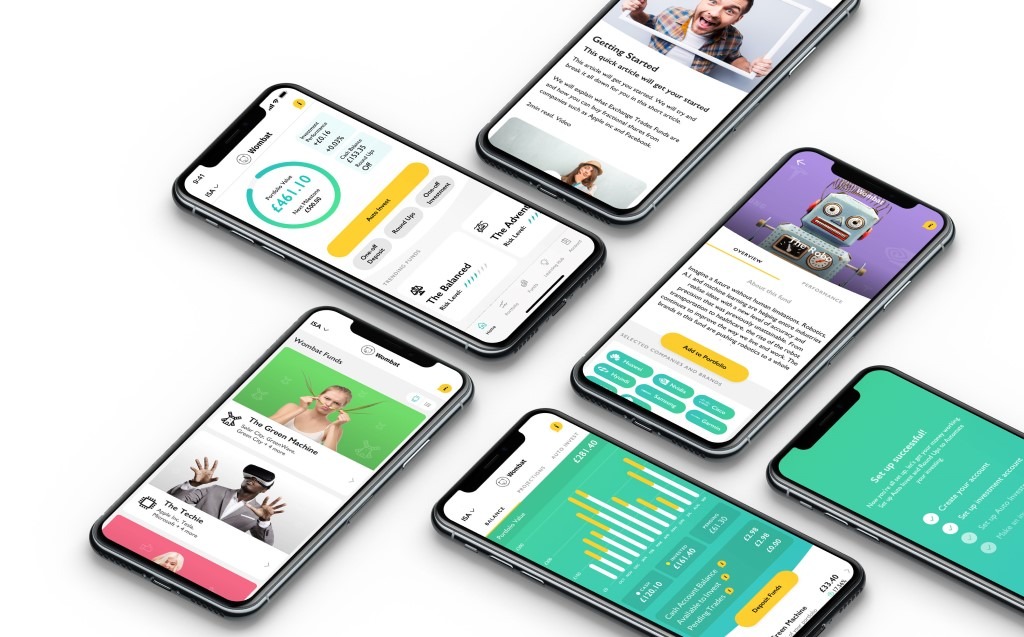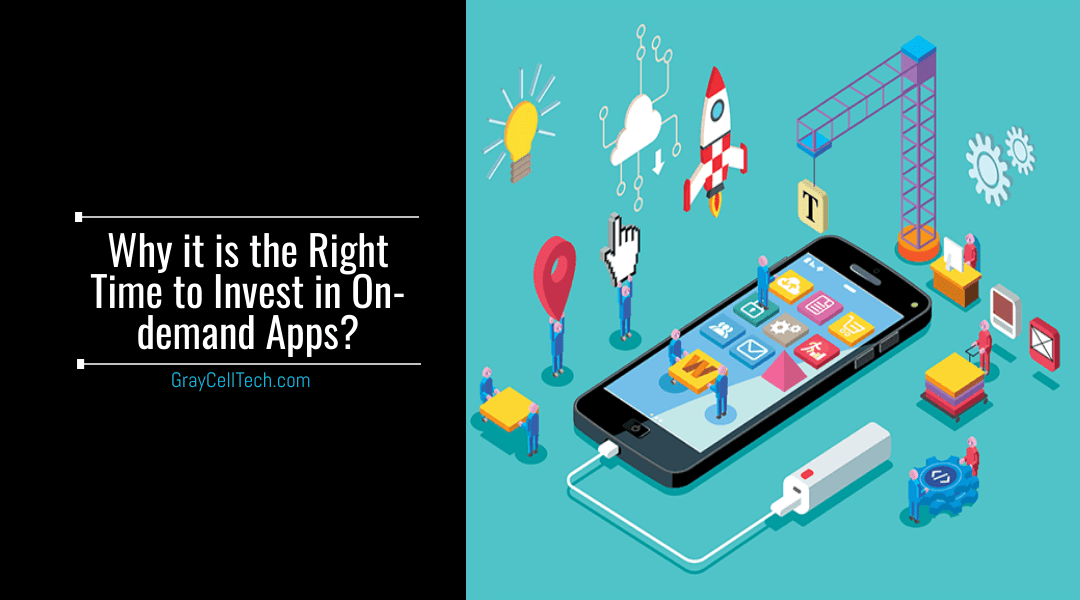The on-demand business model has gained immense popularity in the last few years. However, businesses started to focus on this model soon after Uber disrupted the taxi industry. Currently, on-demand apps are disrupting traditional business methods by instantly catering to customer demands as these apps facilitate on-demand, same-day delivery options to customers. For instance, on-demand delivery startups like Grofers got benefit from the on-demand business model.
On-Demand Apps
On-demand application is a means to fill the gap between businesses and consumers. This app helps sellers to offer instant services to customer requirements. The on-demand app can be used to deliver products (such as food, groceries, medicines, electronic items), or services (like cab facility) at customers’ doorsteps.
Why Entrepreneurs Must Invest in On-Demand Applications?

“It was reported that 82 million people in America use on-demand apps on a regular basis.”
On-demand applications focus on solving an ordinary problem of our day-to-day life. Such apps are advantageous to both users and entrepreneurs. Hence, entrepreneurs must not hesitate to plan investment in such a huge asset.
On-Demand Apps For Businesses
Let’s understand how on-demand apps will help in the growth of your business.
- Automate Business Process
Earlier, entrepreneurs and retailers used to manage the data and record in sheets or files. But now, the on-demand app eliminates the need for sustaining manual information as it digitizes the entire process. This app helps you in various ways – from DMS (Delivery Management System), business flow automation to saving time and money.
- Track Products & Drivers Instantly
On-demand apps enable entrepreneurs to track products and drivers using geolocation and GPS. Such apps can identify the distance traveled by the driver and calculate the approximate time to deliver the product.
- Evaluate Delivery Route
On-demand applications incorporate GPS that allows you to specify an easy and shortest possible route to the driver for delivering products and save your driver’s time to reach his destination.
- Manage Inventory Properly
Businesses require to preserve a stock of goods in a well-organized manner. On-demand apps will help you in the delivery management system (DMS). It means you can use the app to check which products are in stock and which are not, without requiring any individual for record-keeping.
- Cost-Effective
On-demand apps are build using the latest cutting-edge technologies that have a lower dependency on human resources. The on-demand model results in saving a huge amount of money as tasks like finding potential customers, product/service marketing, receiving the order/payment, and arranging delivery boys are managed by a couple of people. Thus, on-demand apps are cost-effective and offer the best return on investment.
- Enhance Security and Scalability
The intensity of safety and scalability has enhanced with increasing on-demand apps. The on-demand app will help you to offer boosted security (especially while executing the payment gateway), and thus, win more clients.
On-Demand Apps For End-Users

Let’s understand how on-demand apps will help end-users.
- Offer Quick Services
Quick delivery to customers is the unique feature of on-demand applications. Using on-demand apps, customers can easily get instant service and do not have to wait for their providers to appear (according to their choice). As a consequence, it saves a lot of time.
“According to a survey done in 2018, 41% of consumers were willing to pay extra charges for same-day delivery.”
- Expediency
On-demand apps enable end-users to choose the time at which their product/service is to be delivered. Users find this feature very useful as they can receive their product/service at their given time.
- Transparency
On-demand apps let users view their order summary and follow the current status of their online orders. These apps also send the alert message or notification related to the order of the user.
- Facilitate to Select the Provider
On-demand apps allow users to choose their service provider based on their personal experiences. Many users go through the ratings and reviews of the service provider before selecting them.
- 24*7 Availability
On-demand applications utilize Chatbots to provide 24*7 customer support. Chatbots can instantly respond to users’ questions (for which human interaction is not required) via virtual supporter support.
- Facilitate Cashless Payment
On-demand apps integrate cashless payment options such as payment using the debit card, credit card, internet banking, and wallet. Users can choose any of these payment options according to their convenience.
- Attention-Grabbing Discounts
On-demand apps lure customers with their attention-grabbing discounts throughout the year. Such apps can easily attract customers through cashback, coupons, and rewards to purchase their products/services.
Bottom Line
Businesses around the world have already invested in on-demand apps to meet their business goals and successfully maximized their return on investment (ROI). The on-demand economy is growing with each passing day; at the same time, more users are getting online. Hence, irrespective of the business you belong to, it is the best time to invest in the development of on-demand applications for your business.






